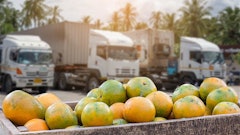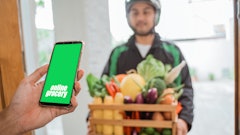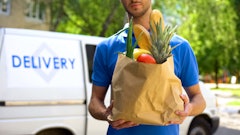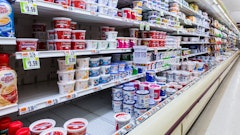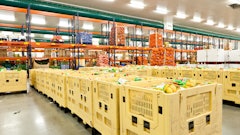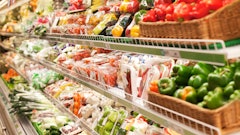Until recently, whenever people asked me what I did for a living, they'd get really excited when I told them I was an editor of a magazine. That is, until they heard the name of it—then I'd get a blank stare.
To try to get them to understand what Food Logistics is all about, I'd ask, "Well, did you ever wonder how groceries got to the supermarket?" and their eyes would glaze over before I finished the question.
No, Food Logistics wasn't a sexy topic and most people didn't give a hoot about where their food came from. But last year, a vegetarian friend of mine took an interest in perishables, asking how far produce typically traveled from the farm to supermarket. Finally, I thought, I can enlighten an industry outsider with my expertise.
Within five minutes of my banana ripening process story, his eyes started to glaze over. He already knew that most vegetables and fruit travel great distances to get to the store. What he really wanted to know is how he can be assured that what he's buying is grown locally. My advice was to shop at the farmer's market—and I didn't think much about it. But then, more people started asking me all kinds of questions about the food supply chain and I started to wonder, why the sudden interest?
Turns out, eating locally is becoming a movement among health and environmentally conscious consumers today. A small movement, at this point, but it has been getting much attention in the press lately. These folks, who call themselves "locavores," eat foods that are grown within 100 miles of their own homes. They claim the product tastes better, is fresher and lasts longer, creates less pollution (because it's not transported hundreds of miles) and benefits the local economy.
While this trend may be a boon to farmers markets and roadside vegetable stands, I doubt if it will have much of an impact at the store level. Recently, I noticed that my supermarket has labeled some of its vegetables as "locally grown," although they didn't specify exactly where they came from. They were, however, cheaper than the organic alternatives. I've also been to a few restaurants that noted on their menus that their produce, cheese and even wine come from local suppliers.
So now we've come full circle. We live in the land of plenty, where food comes from all points of the globe so that we can eat whatever we want, whenever we want it. But people are willing to eat seasonally—just like our grandparents did (if you're over 40, that is). It's amazing how the food supply chain has transformed over the last century. Now if I could just get someone to listen to me...








